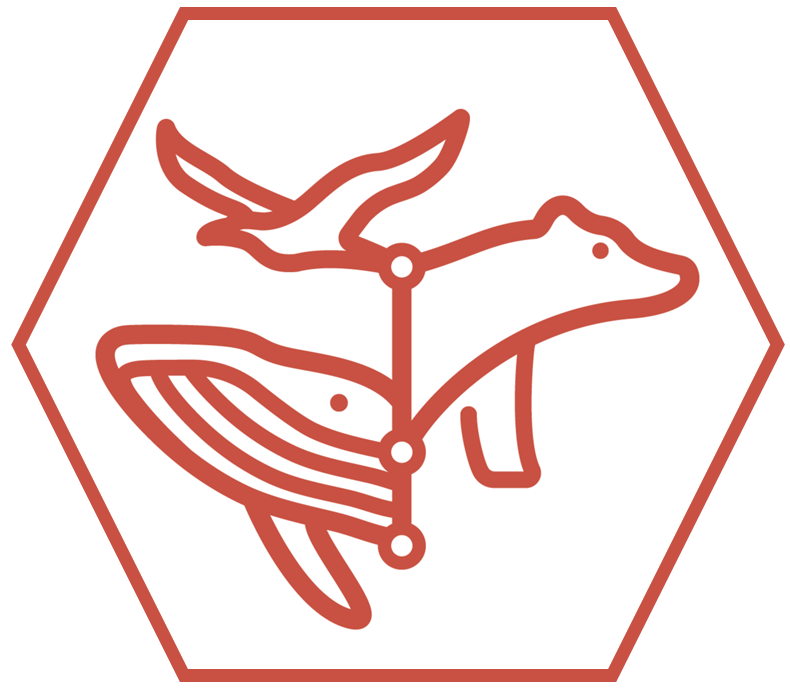Services
ANALYSIS
Closed population capture-recapture, Open population capture-recapture; Spatially explicit capture-recapture, Simple and advanced distance sampling analyses
Analysis of telemetry data, home range estimation, Maxent, presence-only designs, GIS modeling
Bootstrapping, simulation, randomization, and Monte Carlo methods
Analysis of telemetry data, home range estimation, Maxent, presence-only designs, GIS modeling
Direct and MCMC methods
Cox proportional hazard modeling, Counting process formulation of the proportional hazards model
DATABASE
Data are at the heart of all analyses. Many times ecologists and biologists know what their data looks like, know the information they want from their data, but struggle to put raw data into efficient formats that scale and are permanent. As studies grow or personnel transition away, past data can become lost and many details of collection can become unclear. Clear, solid, non-Excel databases are the answer. McDonald Data Sciences can help design a light-weight or industrial-strength MS Access or PostgreSQL data base with clear relationships. We design access to data via MS Access forms, QGIS for spatial data, and specialize in interfacing data bases with R.
REVIEWS
McDonald Data Sciences provides professional opinions on reports, analyses, and published papers. Reviews range from quick high level “what does this say” type to in depth replication of results. Dr. McDonald is an Associate Editor for the Wildlife Society Bulletin and has peer reviewed dozens of ecology and biology papers in the literature.
WORKSHOPS
McDonald Data Sciences teaches a wide variety of workshops on ecological analyses. Previous topics ranged from capture-recapture and habitat selection to R and computer-intensive methods. Formats range from 3-days to half-days. Workshops can be delivered in person or live via a remote connections (i.e., Zoom).
